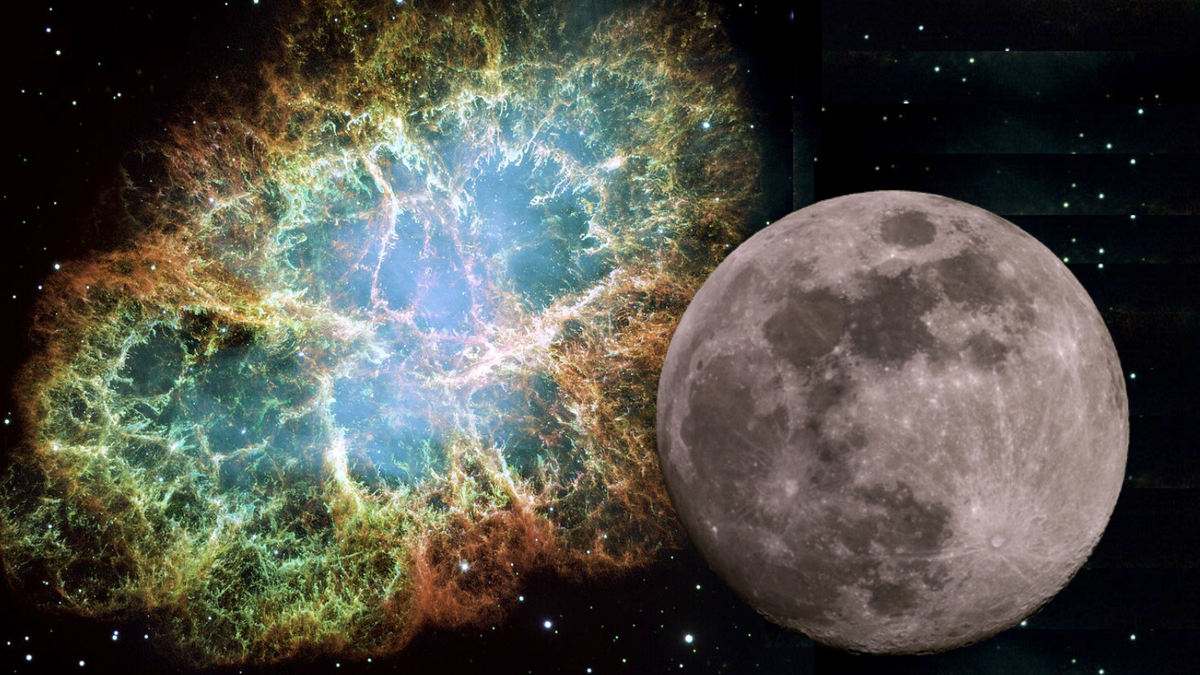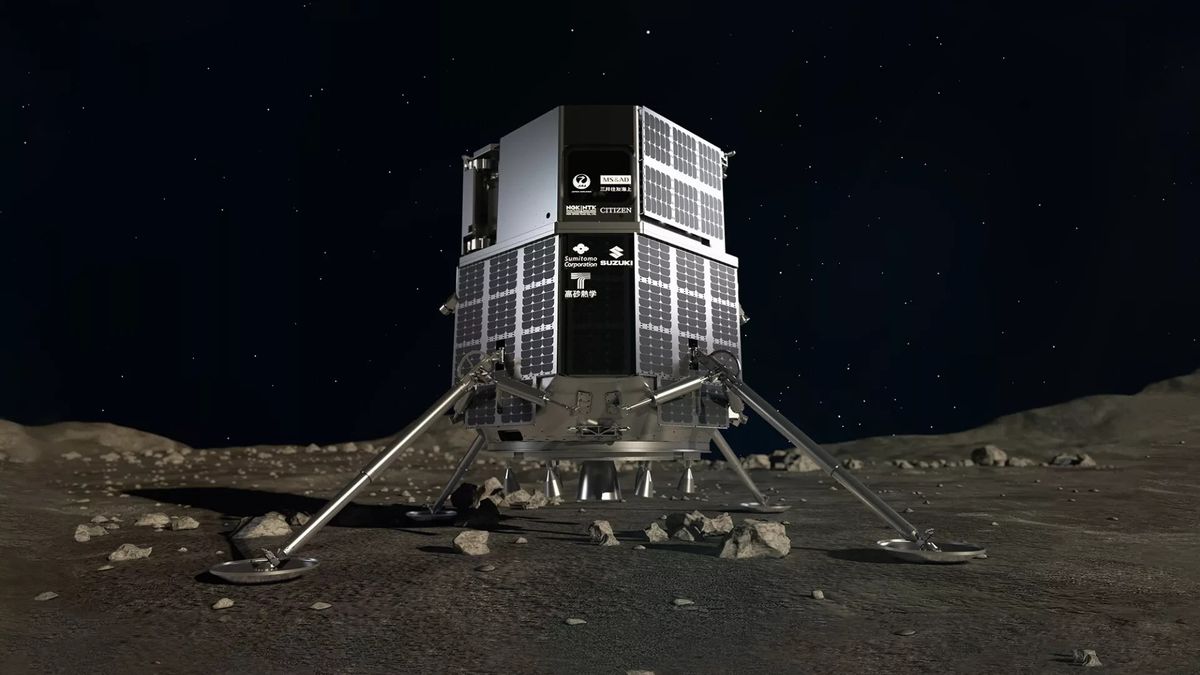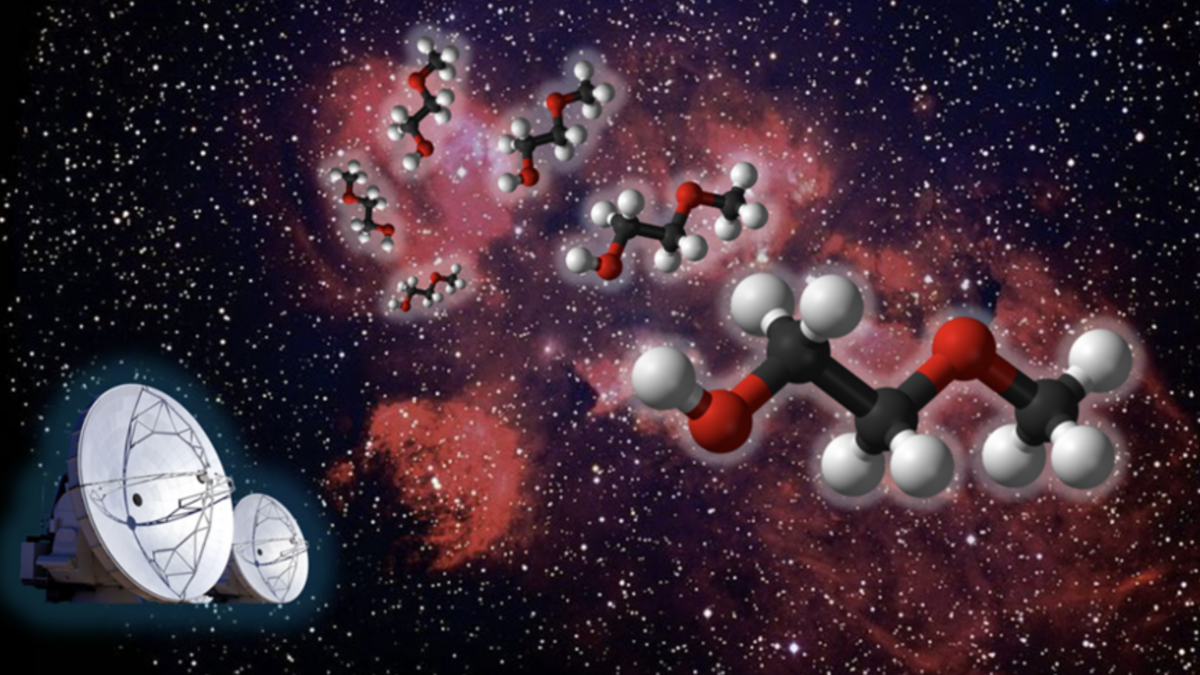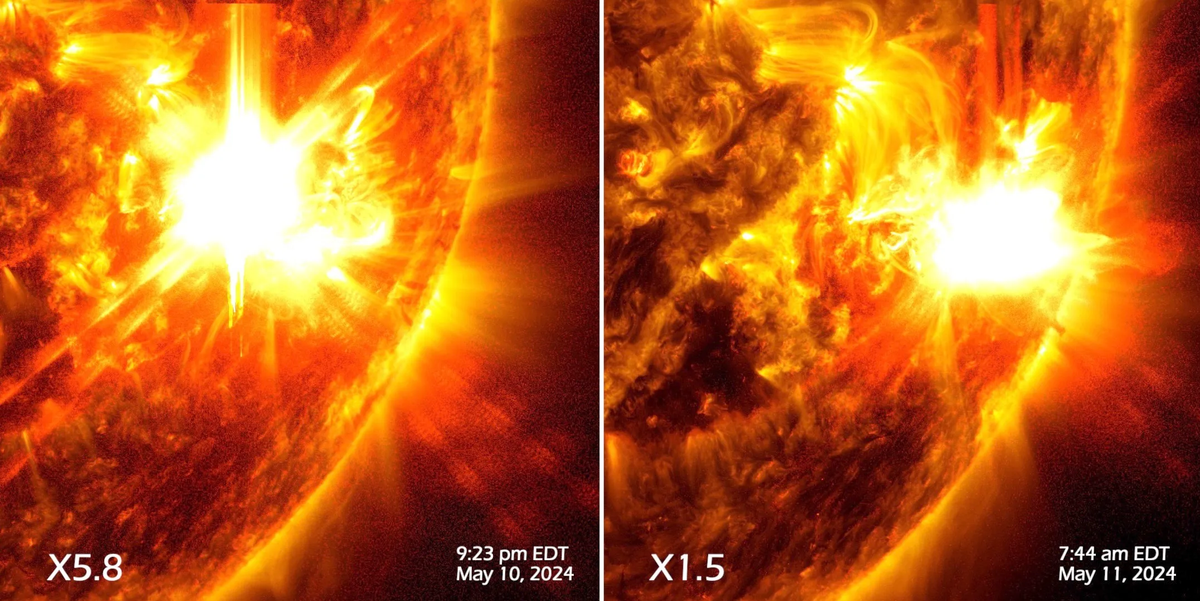Unveiling the Secrets of Supernova Explosions Hiding in Moon Dust
A team of scientists from the China Institute of Atomic Energy (CIAE) has embarked on a groundbreaking mission to uncover the mysteries behind supernova star explosions. Their innovative approach involves analyzing lunar dust to unlock clues about these cosmic events.
The research aims to provide a deeper understanding of how stars meet their demise and the role they play in the creation of new celestial bodies, including stars, planets, and even life on Earth.
Tracking Supernova Events Through Rare Isotopes
The key to this research lies in detecting a rare iron isotope that was created in the cores of massive stars millions of years ago. When these stars exploded in supernovae, the isotopes were dispersed throughout the universe, potentially reaching the moon.
Team leader Bing Guo explained, “Our goal is to push the boundaries of our technology to accurately trace historical supernova events. By analyzing lunar dust, we can uncover invaluable insights into the life and death of stars.”
The Cosmic Recycling Process
Stars are born from clouds of gas and dust, evolving over millions of years through nuclear fusion processes. When massive stars exhaust their fuel, they undergo supernova explosions, scattering elements like iron across space.
These elements eventually become part of new stars and planets, enriching the cosmos with “metals” forged in the hearts of dying stars. This continuous cycle of creation and destruction is essential for the evolution of the universe.
Unlocking the Mysteries of Iron-60
The research team is particularly interested in detecting the radioactive isotope iron-60, which is a signature of supernova explosions. By analyzing lunar samples with enhanced sensitivity, they hope to identify traces of iron-60 that could reveal nearby supernova events.
Guo and his colleagues have upgraded their equipment to improve the detection of iron-60, potentially revolutionizing our understanding of stellar evolution. Their findings were recently published in the journal Nuclear Science and Techniques, marking a significant step forward in astrophysics.
Future Prospects and Discoveries
Looking ahead, the CIAE team is optimistic about further enhancing their detection capabilities. By fine-tuning their methods, they aim to delve even deeper into the secrets of supernovae and their impact on the universe.
Guo expressed his enthusiasm, stating, “The installation of the Wien filter could be a game-changer for us. Our next goal is to optimize our entire system and explore the endless possibilities that await.”
Image/Photo credit: source url





